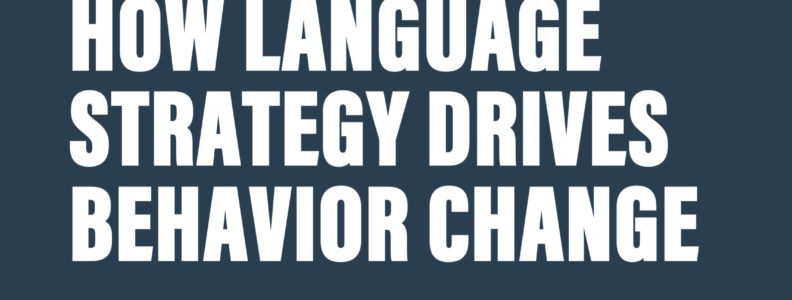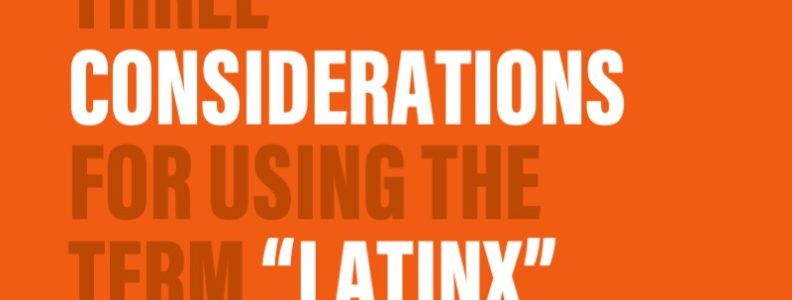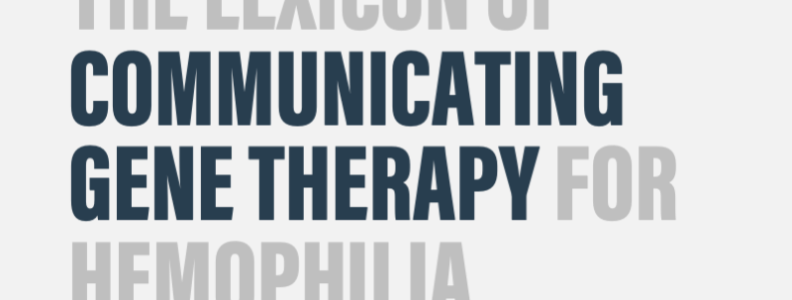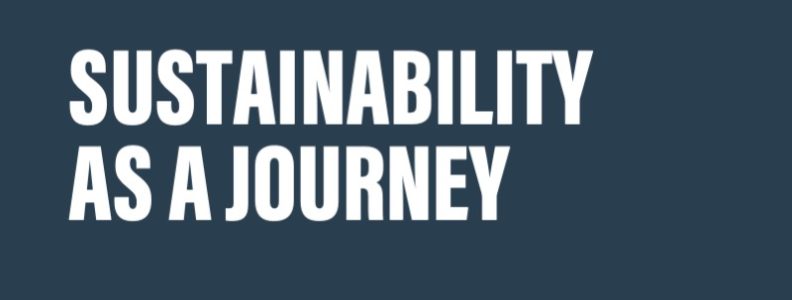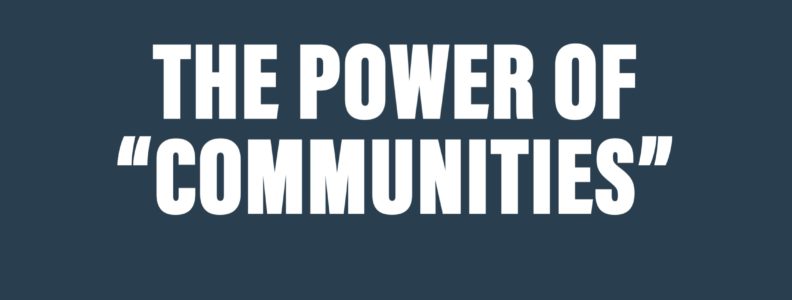President Lee Carter and CEO Michael Maslansky are joined by Partner Keith Yazmir to talk about how maslansky + partners invented language strategy, why certain messages resonate (and don’t), and share some of their favorite Language Strategy wins: from Starbucks VIA® Instant Coffee to variable annuities.
Your Audience is Always Right





